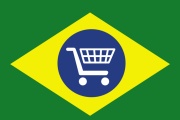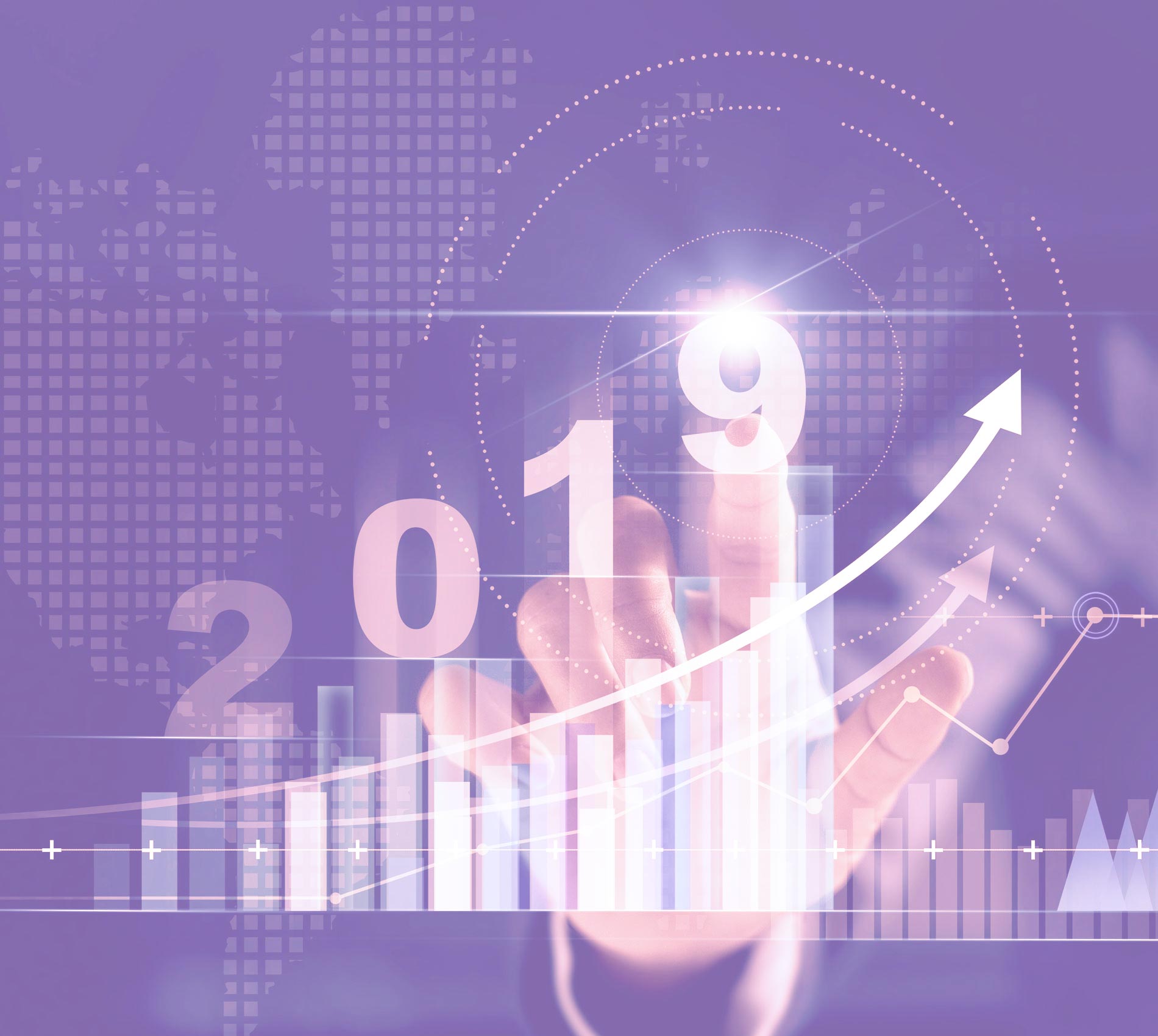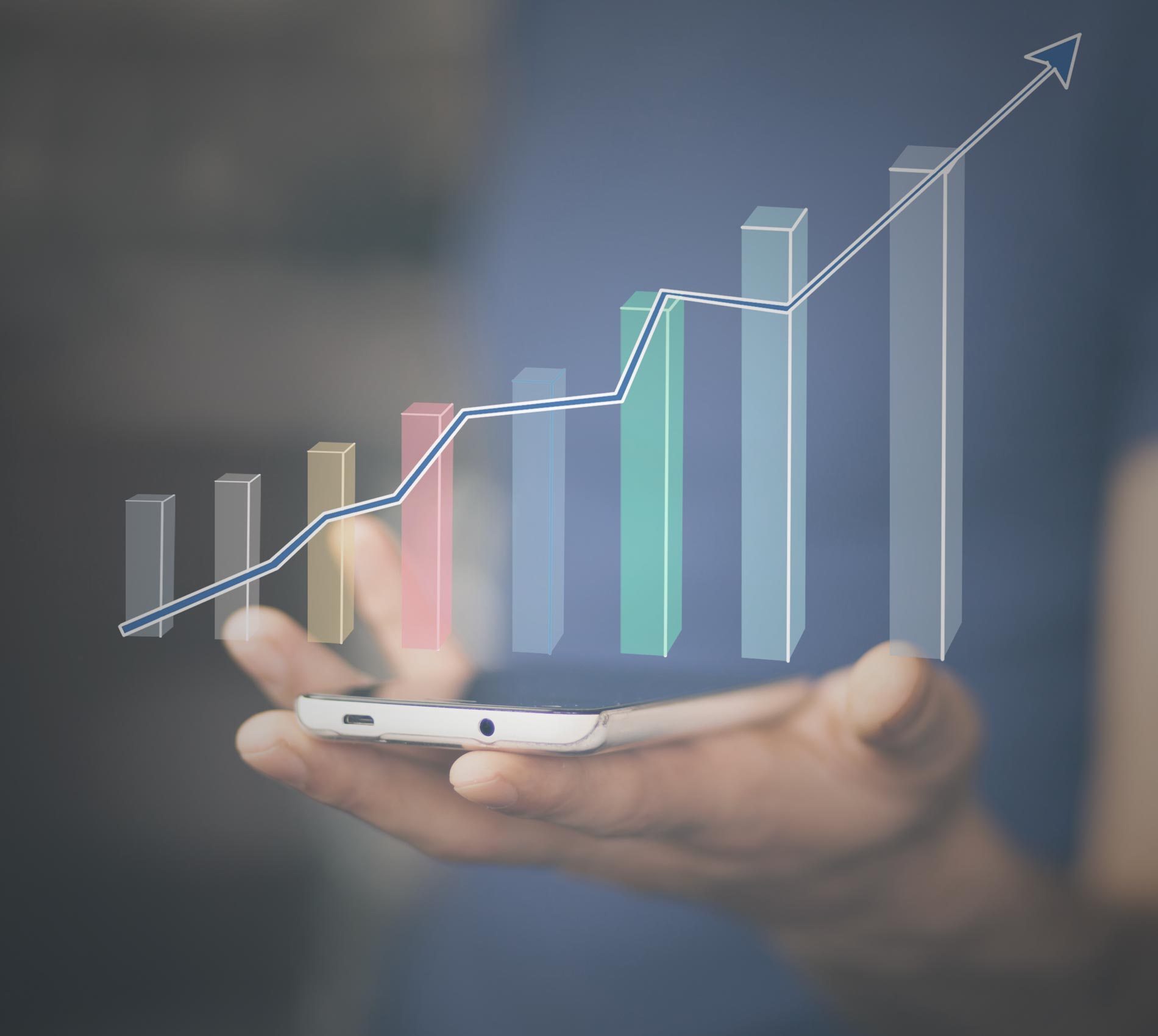The New Year has arrived – and with it, new ecommerce trends in the Brazilian market. In 2019, we’ve seen outstanding results: according to Ebit|Nielsen, revenue reached BRL 26.4 billion in the first half of the year and was forecast to reach approximately BRL 61.2 billion by the end of 2019. M-commerce has gained relevance, reaching BRL 9,6 billion in revenue during H1 of 2019.
What to expect from Brazilian ecommerce in 2020
This year’s trends for Brazilian ecommerce reflect the habits and behaviors of Brazilian consumers – who are extremely digital and frequently use their smartphones.
The Digital Report 2019, provided by We Are Social and Hootsuite, shows that 66% of all Brazilians are mobile internet users; furthermore, Brazilians spend nearly 5 hours daily on the internet using their mobile devices. With such a digital population, m-commerce will strengthen even more, in addition to new technologies and features that enhance the customer experience.
Optimized payment methods for m-commerce
With its 95.5 million smartphone users in Brazil, mobile optimization is becoming more relevant by the day. According to eMarketer, nearly 50% of smartphone m-commerce buyers are “very satisfied” with their mobile shopping experience. For mobile shoppers, ease of access is one of the main reasons that brings them to complete a purchase with mobile apps, in addition to being more practical and faster.
As for payment preferences, traditional methods have remained relevant in 2019: according to eMarketer, 25% of m-commerce buyers in Brazil prefer to pay with the boleto bancário. On the other hand, while the use of digital wallets is certainly increasing in Brazil – 61% of Brazilians with smartphones from social groups A, B, and C use e-wallets – fewer than 10% of digital buyers named this financial solution as their preferred payment method when purchasing with their mobile devices. Credit cards are the leading payment method in mobile environments, with 65% preference. Therefore, reducing payment friction and offering inclusive solutions optimized for mobile devices are not only a trend but a necessity.
Voice research
According to eMarketer, Brazil is a leader in the adoption of voice technology: 37.1% of internet users polled in H1 2019 had used voice search or voice commands in the preceding 30 days. This phenomenon is closely linked to age: among internet users between 16 to 34, the share was over 41%.
Therefore, implanting voice technology will be an important strategy for online stores. Not only does this reflect consumer habits, it makes e-commerce more inclusive for people with visual deficiencies.
Faster delivery processes
For 46% of internet users in Brazil, long or problematic delivery processes are a relevant factors for not purchasing online. This explains why buying online and picking up in-store is such an important app feature for 52% of smartphone m-commerce buyers.
But not all can pick up the product in-store, as many live in remote areas. Therefore, investing in faster delivery processes is a fundamental strategy for expanding the reach of e-commerce businesses and enhancing customer satisfaction.
Video description
Brazilians are keen to watch video content, with 49.4% of digital viewer penetration. This sort of media will not only be present on entertainment channels, but also in shopping experiences. Video description is a major trend for e-commerce, as it offers more detail on the product or service and promotes trust.
Augmented reality
Augmented reality is a technology that allows virtual objects to blend into real-life objects. This integration is possible through apps that use smartphone cameras to bring the virtual object into a real-life perspective. For instance: using their smartphones, customers may visualize what their living-room would look like with a different color or with new decorative items.
E-commerce businesses from multiple segments already use this technology to provide a better online shopping experience. In fact, according to the Facebook IQ report, 70% of adults in Brazil are interested in using virtual reality for retail shopping.
Enhancing the user experience and optimizing content and features for multiple media channels will remain the main ecommerce trends for the following year. This helps promote online stores as attentive and customer-focused businesses.




Comment
Really an interesting blog I have gone through. There are excellent details you posted here. Sometimes it is not so easy to design and develop an eCommerce App Solutions without custom knowledge; here you need proper development skills and experience. However, the details you mention here would be very much helpful for the beginner.
Know more here: Digital eCommerce App Store